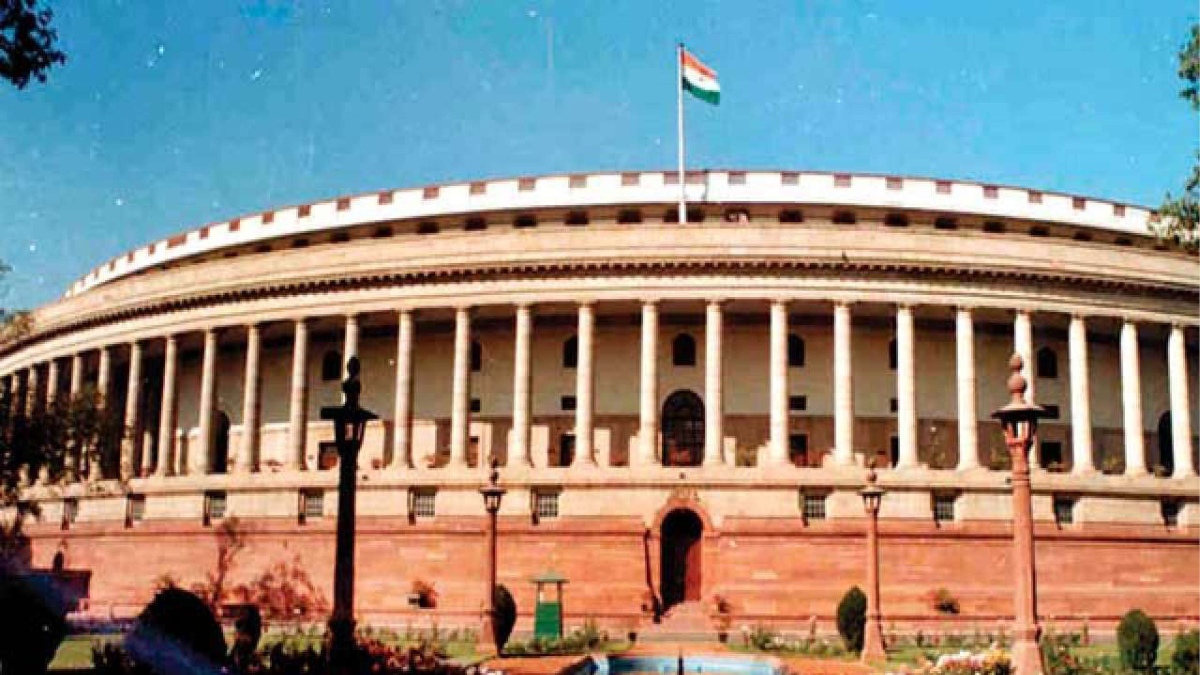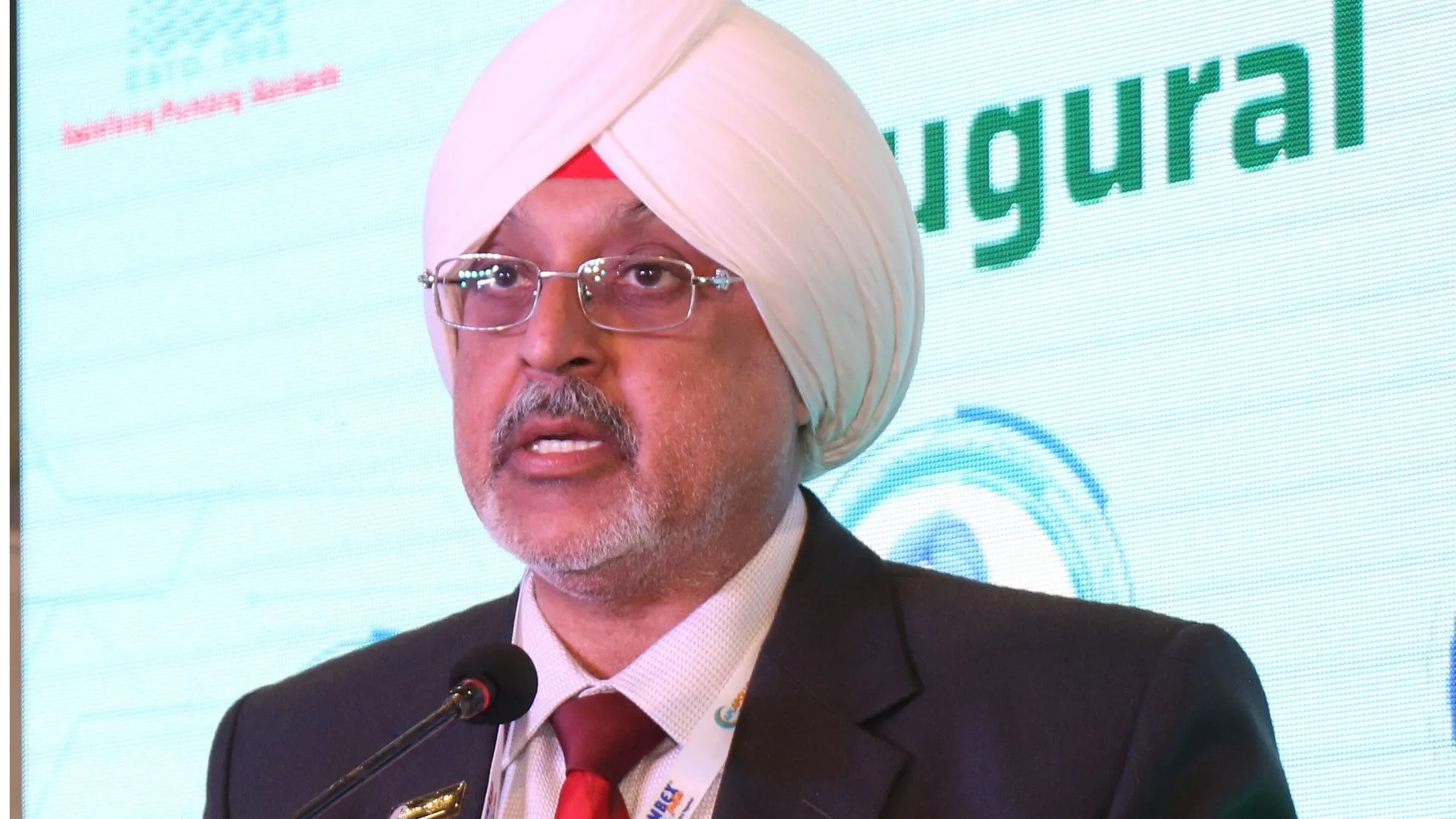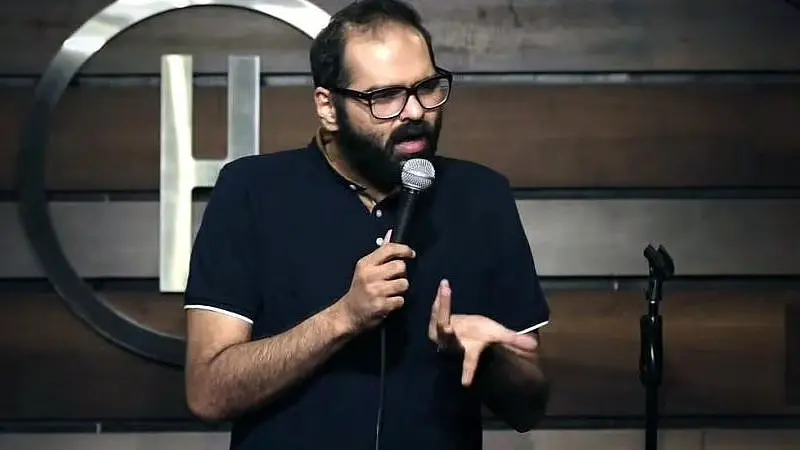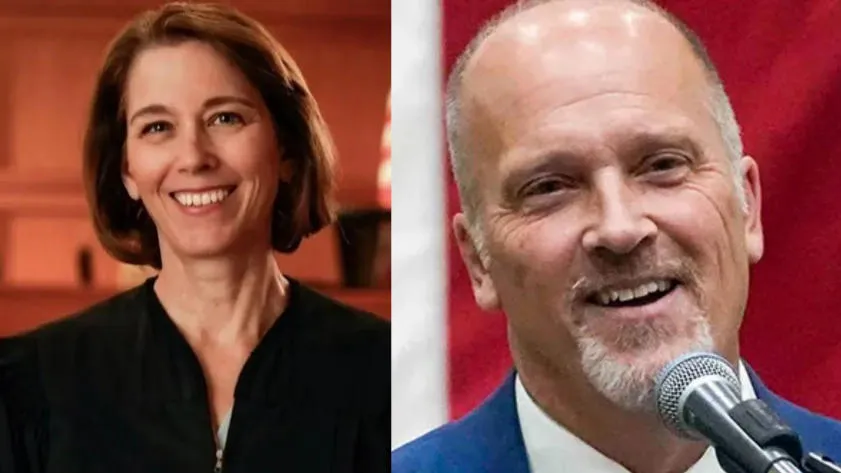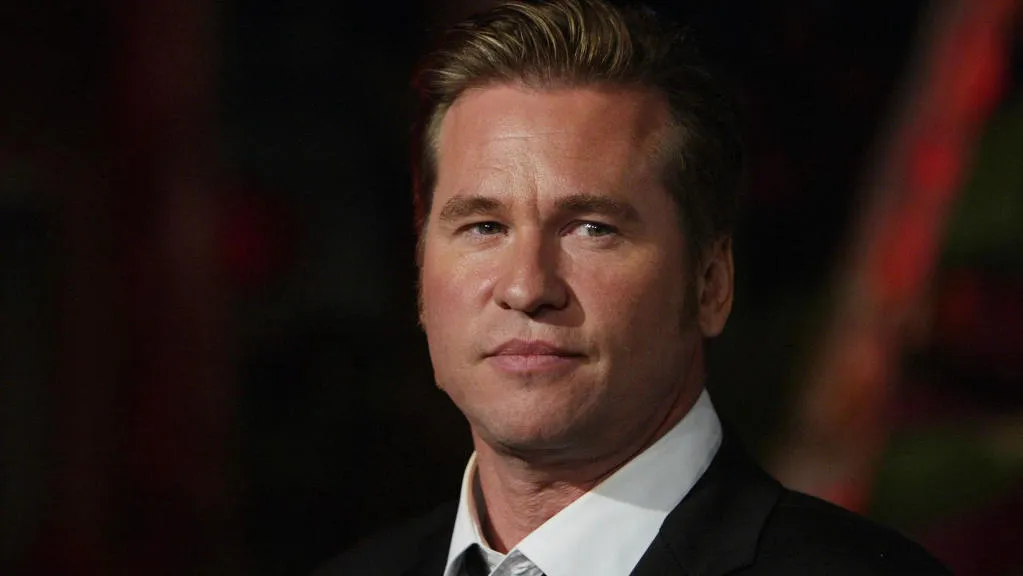India is the seventh largest country in the world with the total area of 3.287 million km square. India is also the second most populous country in the world with the total population of 1,380 million in 2020 . The reason of high population is either due to greater birth rate than death rate or due to absence of population policies/ measures.
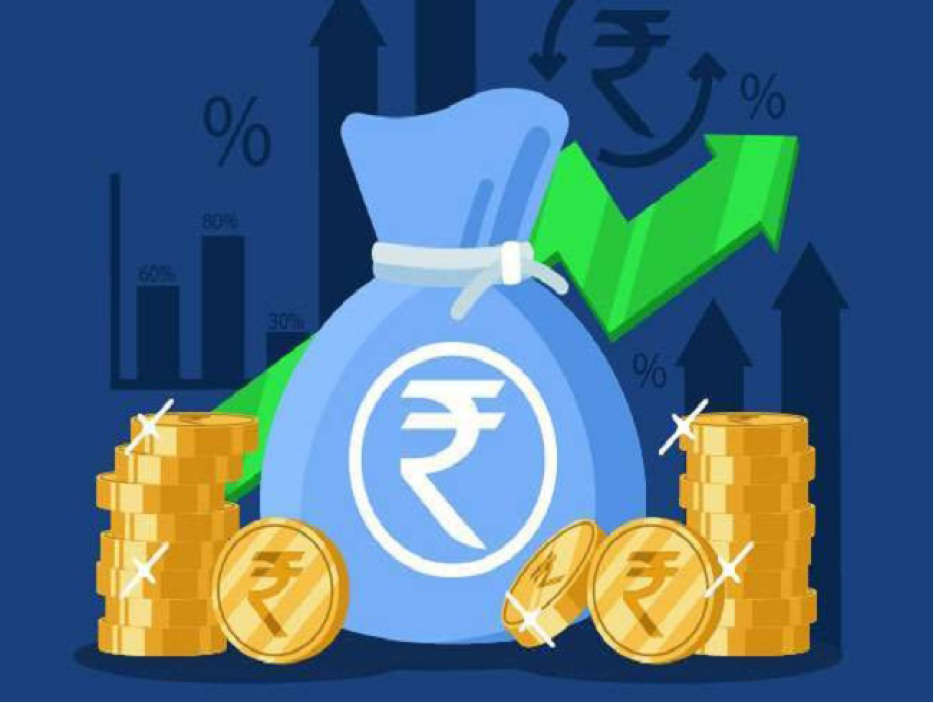
Indian economy is a developing market economy. India is a largest democratic country in the world. It is the world fifth largest economy by nominal GDP . It is the third largest by Public Purchasing Parity (PPP). In 2020, India ranked 142nd by GDP (nominal) and 124th by GDP (PPP) on the basis of per capita income by the International Monetary Fund (IMF).
The growth rate of Indian economy remains positive due to young population and low dependency ratio, investment rates and healthy savings. For the development policy, education has been accorded as a high priority in most of the country. In India, expansion of education is slow as compared to other developing countries.
Education plays an important role in accelerating socio-economic development. The most important area of government intervention in the country is the public provisioning of education. So, for the provisioning of foreign and quality education resources are requiring. In India, there is a number of concern not only regard to the public resources for education but also public spending in the education sector. As education mentioned in the concurrent list of the Constitution, both Union and State government share the responsibility towards education.
To manage, control, operates and regulate the proper functioning and management of India we have different types of public institutions which have their own function under the control of government.
Some of the Ministries of India headed by central Government are as follows:
1. Ministry of Agriculture
2. Ministry of Civil Aviation
3. Ministry of Coal
4. Ministry of Commerce and Industry
5. Ministry of Communication and Information Technology
6. Ministry of Culture
7. Ministry of External Affairs
8. Ministry of Home Affairs
9. Ministry of Defence
10. Ministry of Finance
11. Ministry of Education
And many more
MINISTRY OF FINANCE
The Ministry of Finance was formed in 26 October, 1946 . It is one of the important ministries of government of India which is concerned with economy, Indian Treasury Department. It is concern with the State finances, Union Budget, financial institutions, capital markets, financial legislations, and taxation.
Union Budget is prepared by the Financial Minister with the member of Ministry of Finance. This ministry is related to the financial working of institutions. This ministry also planned how our economy is growing? And all the matters related to economy.
UNION BUDGET’S
INTRODUCTION
This is the Annual financial report of India. It includes income and expenditure of government on a periodic basis of one year. Article 112 of the Indian Constitution makes the Union Budget as the compulsory task for the government. The first budget after independence was presented by RK Shanmukhan Chetty on 26 November, 1947.
India’s financial year starts from April. So, Union Budget of India presented on the first day of February before the beginning of new financial year.
Morarji Desai has presented ten union budget of India followed by P. Chidambaram’s nine and Pranab Mukherjee’s eight.
TIME OF BUDGET ANNOUNCEMENT
Till the year 1999, Budget was announced on the last working day of February at 5:00 P.M. The practice of presenting budget continued till British rule. The reason of budget to announce in evening is that seems to raise the taxes. So, the budget gives producer and the tax collecting agencies to work out the change in prices.
DATE OF BUDGET ANNOUNCEMENT
According to the British era budget was presented on the last working day of February in 2016. In 2016, Arun Jaitley Finance Minister of Narendra Modi government said that from now new budget will be presented on February 1. Also, 92 years separate Rail Budget, merged with Union Budget.
HALWA CEREMONY AND BUDGET BRIEFCASE
After presenting the budget in the Parliament, it takes roughly a week of the printing of budget announcements. ‘Halwa Ceremony ’ Halwa is a sweet dish. As Halwa is prepared in large quantities and served to the officers, ministers and other officials who are involved in budget making. The Financial Minister served the halwa. The halwa is a part of Indian tradition to having some sweet before any important work.
Finance Minister carried budget in leather briefcase till 2018. This tradition was started by the first Finance Minister of India Mr. R.K. Shanmukham Chetty. In the last Union Budget 2020-21, Financial Minister Nirmala Sitharaman had taken a new way of carrying budget in a Bahi- Khata. In that budget 2020-21 Financial Minister wear yellow saree like a Goddess Laxmi and take budget in hand wrapped with red cloth.
PAPERLESS BUDGET: FIRST TIME IN INDIAN INDEPENDENCE HISTORY
Due to the COVID- 19 Pandemic, Financial Minister decided not to print the budget document. The 2021 budget was presented on 1st February, 2021. This was a first paperless budget in independent history. Both the Houses of Parliament permitted to present the paperless budget . The printing process includes several people to stay at the press for around a fortnight among the Coronavirus fears. The budget 2021 was printed in printing press of House of Finance Ministry.
This year Halwa Ceremony was also not taken place small function organized with small or limited gathering. The function started around 20th January attended by all people who involved in budget making. Until the presentation of budget by the Finance Minister, all the printing staff stayed inside the press. Only High – graded officials were allowed based on special identity card. The entire facilities like loading, unloading and transportation are managed by the Special Forces.
This is not the first time that there was a change in the tradition of the presentation of budget under Finance Minister Nirmala Sitharaman ji. In the last Budget 2020 she carry budget in a brief case titled budget as ‘Bahi Khata’ wrapped with a red cloth and tied with a string.
UNION BUDGET 2020-21
Nirmala Sitharaman ji in her speaking of budget 2021 stated that Today’s India has one of the lowest rate of death of 112 per million population and also has the lowest active cases of coronavirus about 130 per million. This resulted in a restoration to our economy. This is a digital budget. When we look into the Part A of the budget 2021, Finance Minister highlights that will build up the Sankalp of nation first like doubling the income of farmers, proper infrastructure, healthy India, good system of government, opportunities for the youth, education for all, women empowerment and so on. This Budget also lay down some vision of AtmaNirbhar Bharat .
IMPACT OF UNION BUDGET 2021-22 ON THE EDUCATION AND SKILL DEVELOPMENT SECTOR
The total provision for the educational sector stood at Rs. 54,873.66 Crore for school education and Rs. 38, 325.15 Crore for higher education in Budget of 2021 . The Budget 0f 2021 is basically divided into six pillars including;
1. Health and Well being
2. Physical & Finance Capital and Infrastructure
3. Inclusive Development for Aspirational India
4. Reinvigorating Human Capital
5. Innovation and R&D
6. Minimum Government and Maximum Governance
The fourth pillar of the Union Budget of Fiscal Year 2021-22 is deals with the educational sector of India. There is an increment of Rs. 93, 224 Crore in education sector declared by Finance Minister. The Cabinet presented the National Education Policy in July 2020. The Human Resource Development Ministry renamed as the Ministry of Education . With the New Education Policy 2020 the Indian Government loosened the regulations which boost the worldwide policies in educational partnership and for the higher learning of students. This New Education Policy will be totally different from the National Education Policy 1986 by Rajiv Gandhi.
The Budget 2021 provides several steps for improving the human resource in the Educational sector of India and also provides equal and excellence education to all. The National Education Policy 2020 announced recently has had good reception.
SCHOOL EDUCATION
· 15,000 Schools will be set up conditionally across the country and worked as ideal school in that area. Based on qualitative guide given by these institutions, school of these areas enhances the standard of education. Also set up to include all components of National Education Policy.
· 100 new Sainik Schools will be set up in collaboration with private schools, NGO’s and States. These Schools will set up in India where part of education for all mentioned by Finance Minister.
· To enhance the standard for school teacher, The National Professional Standard for Teachers (NPST) will be expanding.
HIGHER EDUCATION
· In the previous budget 2020- 21, the Finance Minister mentioned to set up Higher Education Commission of India. This year the legislature will be introducing the Commission for implementation. It will be a body like sunshade consists of four separate vehicles for Standard- setting, qualification, guideline, and aid.
· Many of the cities in India have many research bodies, Universities and Colleges that are supported by the Indian Government. In Hyderabad, there are about 40 such major educational bodies. In about 9 cities, such institute will be established for better cooperation and also maintain internal autonomy.
· Central university will be set up in Leh for higher education.
SCHEDULED CASTES AND SCHEDULED TRIBES WELFARE
· About 750 Eklavya Model Residency School will be built up in the tribal areas. The value of each of these schools will be increased from Rs. 20 Crore to Rs. 38 Crore and for the hilly and difficult areas increases to Rs. 48 Crore. These is one of the most important steps to strong the infrastructure for tribal students.
· The Finance Minister also announced Post- Matric Scholarship Scheme to Scheduled Castes for the welfare with central assistance. Allotting Rs. 35, 219 Crore for the period of 6 years to benefit about Crore Scheduled Castes Students.
The budget expanded the scope for the privatization of public schools and also increases the PPP models controlling system of education in India. The aim of Finance Minister is to develop the Indian Schools and provide quality education in tribal region. It will be mandatory to look for the support from the private sector in providing quality education and infrastructure and skillset workshops to the faculty.
INITIATIVE ON EDUCATION AS PART OF NEP 2020
Annexure V of the Budget includes the steps taken on education as a part of National Educational Policy 2020. There are following steps mentioned below:
· Toys are both a method of learning and expression of children. Pedagogy will be developed for all levels of school education. This will leads to better and understandable way of learning with joyful engagement of children.
· For the education planning, governance and administrative functions of the State and Union Territories, The National Digital Educational Architecture (NDEAR) will be established within the context of a Digital First Mindset. Here Digital Architecture also supports teaching and activities of learning.
· For the children who having the problem in hearing, the Indian Government will introduced more Indian sign language across the world and provide materials for their use.
· Now the senior and retired teachers will trained the newly school teachers and researcher through virtual or offline support on subjects, methods and way of learning.
· During the COVID- 19 Pandemic, The Government trained about 30 lakhs teachers of elementary schools by the way of digitalization. In 2021- 22, more than 56 lakhs teachers will be trained by the National Initiative for School Heads and Teachers for Holistic Advancement. (NISTHA) .
· Before every CBSE exam our Prime Minister talked to students to help them to overcome stress and tension. So, CBSE Board Exam forum will be introduced from the 2022- 23 academic sessions in NEP 2020.
Exam will more away from routine- learning and students shall be examining based on their analytical skills, clarity, interest and knowledge about real life situation.
· To promote enhanced academic collaboration with higher foreign educational institution, it is requested to put in place a monitoring machinery to allow dual degrees, joint degrees, linking arrangements and other such mechanisms.
SKILLING
· The Government of India had launched the National Apprenticeship Promotion Scheme in 2016. The government proposes to amend the Apprenticeship Act with an aim to enhance training opportunities for the youth. We will rearrange the current scheme of National Apprenticeship Training Scheme to provide earlier- education training, graduates training and holders of diploma in Engineering. About Rs. 3,000 Crore will be provided for the scheme.
· A development is in underway, in collaboration with the UAE, to level skill qualification valuation and authorization, accompanied by the arrangement of certified workforce. The partnership Training Inter Training Programme (TITP) between Japan & India also takes place to enable Industrial and Professional skills, technique and knowledge. We will take forward this initiative with many other countries.

